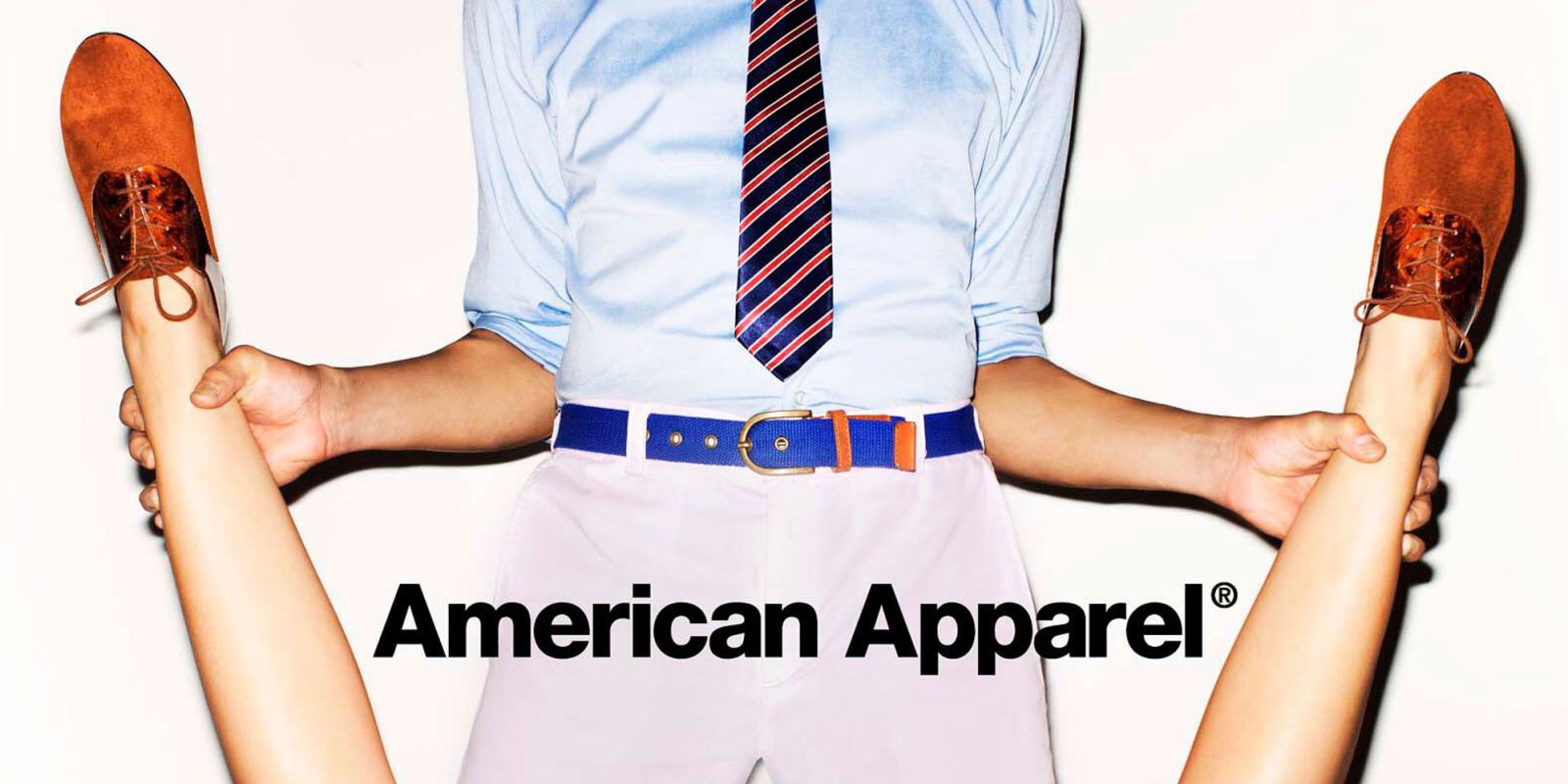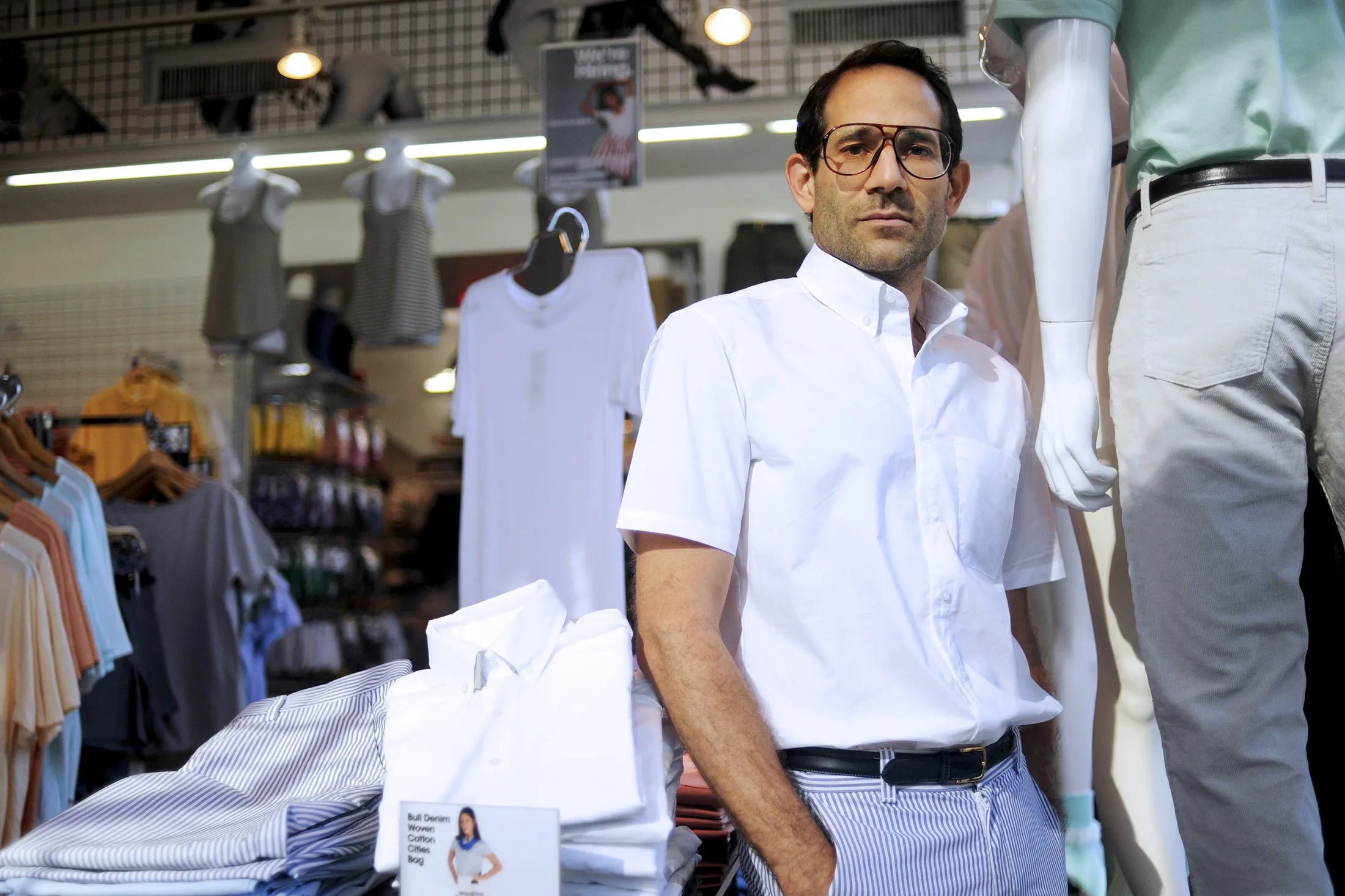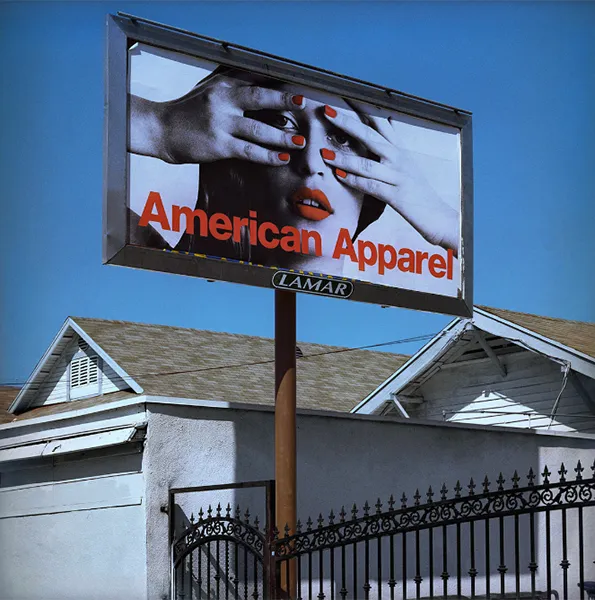
I recently watched Trainwreck: The Cult of American Apparel on Netflix. What a doc! It has all the hallmarks of a classic piece of disaster storytelling. An intriguing build-up, genuine jeopardy, a spectacular crash and burn, and then the quintessential moral lesson to round things up. Great, you’re thinking, but who cares? Well, the whole sorry tale is a lesson in masterful branding. Here’s why.
Brand experience as protective shield
Charismatic genius Dov Charney built American Apparel from nothing. He scrabbled from humble beginnings – with little more than a good idea, a crazy work ethic, and a fuck-it attitude – to create one of the biggest fashion brands in the world during the mid-noughties. It was a success story for the ages. Until it wasn’t. Until it went so disastrously wrong that, well, people made documentaries about it.
American Apparel is a great example of how masterful branding and a clever internal brand experience can create a protective shield around a company. It sold a lifestyle, a belief system, an experience that both staff and fans bought into so completely that they simply couldn’t believe what was happening to the company or, more importantly, to many of them personally when things hit the skids.
It’s a gold-plated lesson in not believing your own hype.
Don’t get me wrong, I’m not advocating that everyone take lessons from the Dov Charney school of branding or brand experience. (Create a brand vibe so powerful that everyone believes whatever we say? Brilliant! Sign us up! Wait… isn’t that a cult?) What I am saying is that self-awareness, self-accountability, and an authenticity check-in every now and then is essential for any business – whether you’re a global powerhouse or a freelancer working on your sofa in your pants, because you’ll be found out eventually.
Essentially, are you living what you’re selling or are you full of shit?
The good was real… as was the bad
The reason the American Apparel story is so compelling is that it could be argued Charney didn’t hide his vibe. Sure, his public-facing progressive work ethos was honestly impressive and ahead of its time. His ‘Legalize LA’ 2004 campaign donated to immigration reform, while employees earned twice the minimum wage, got subsidised lunches and health insurance, free onsite English classes, bus tokens and bicycles to commute to work. This was real, it mattered, and it earned American Apparel its ‘sweatshop free’ label. Charney’s philosophy of live and let live meant he also supported climate causes, gay rights and sexual liberty. His progressive values weren’t just branding, they were strictly implemented internal policies that made American Apparel a better employer than most fashion houses. On paper.
The contradiction between these policies and the reality of the rampant toxicity happening behind the scenes proves just how powerful brand experience is. The company was so culturally resonant that it generated enormous goodwill and loyalty. Everyone believed in the story. Everyone believed in the lifestyle. To the extent that even after Charney’s predatory and downright terrifying behaviour was exposed, many simply couldn’t or wouldn’t believe it – even if they’d seen it with their own eyes. It created a kind of cognitive dissonance.
Sure, they’d think, Charney famously only hired young, goodlooking twenty-somethings with little to no previous experience and also used them as models within the company’s soft-porn marketing campaigns. But the campaigns were clever, newsworthy and fronted by diverse employees. The models didn't wear makeup and weren’t photoshopped. This was trailblazing stuff at the time (it still is, to be fair).
Sure, he lived with some of his staff and invited others to stay indefinitely (with one housemate describing it as ‘the playboy mansion for hipsters’). But a lot of them had nowhere else to go and saw the house as a haven.
And sure, he would set staff against each other, publicly berating them, and even threatening physical violence… But that was what it took to run a progressive, successful, gamechanging company… right? RIGHT? Genius takes all forms.
The American Apparel brand experience was so strong that it masked the festering rot underneath. People wanted to believe in the story the company had sold so successfully for so long, so they rationalised what was happening behind the scenes, distrusting their own instincts. The brand’s cultural credibility shielded the truth and bought the company – and Charney himself – time. People talk a lot about authenticity in this industry, but sometimes that can feel like a snake eating itself: you work so hard to appear authentic that you have to start cutting corners to maintain what you’ve built and then convince yourself it’s okay. Real authenticity only happens when the inside matches the outside – and no amount of smart branding can hide hypocrisy forever. This is why I appreciate one of HATTER’s foundational pillars so much: humanity over hype. People will always come first, over and above performance because if your values aren’t baked into the way you actually operate, then you’re not building a brand, you’re building a lie.





